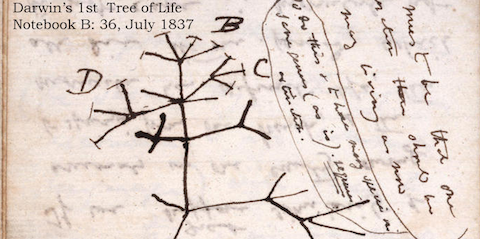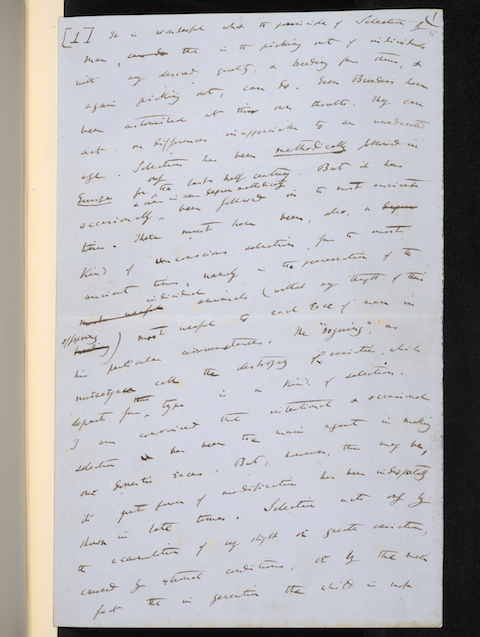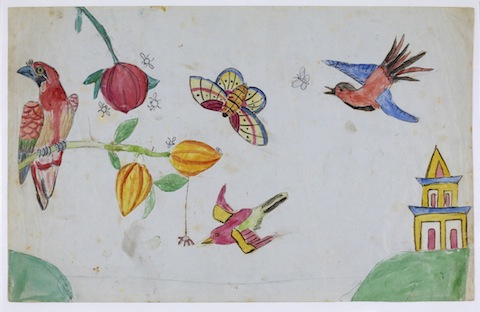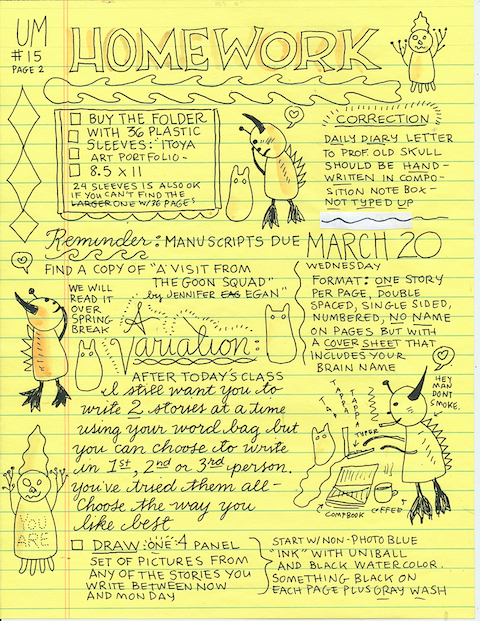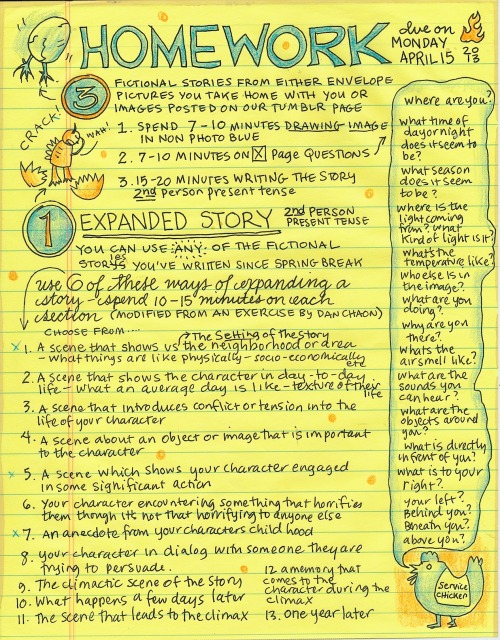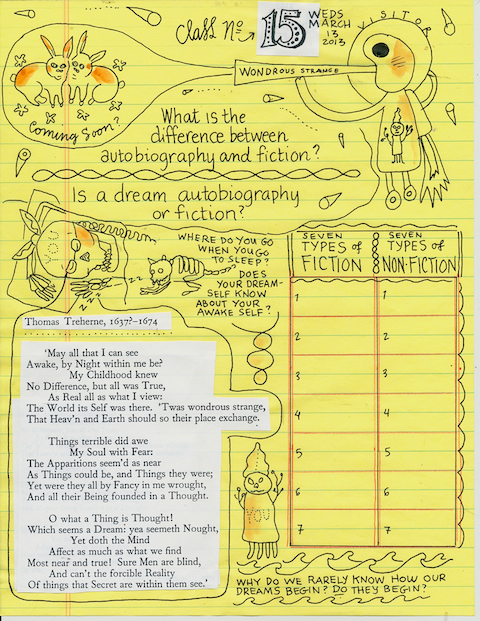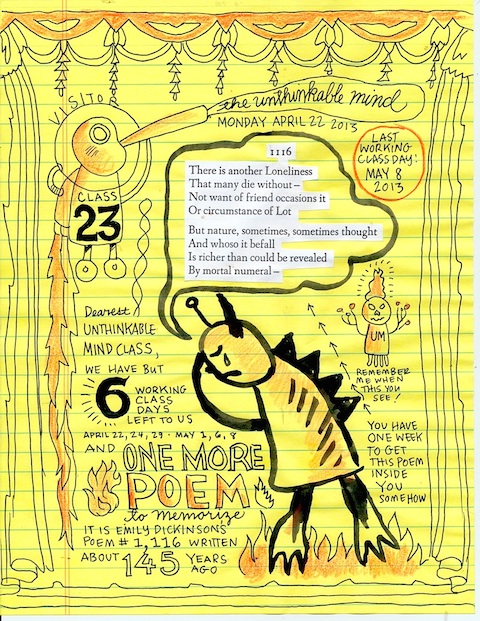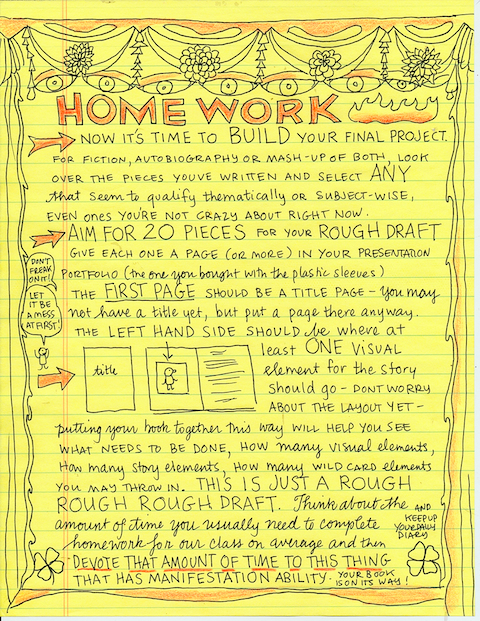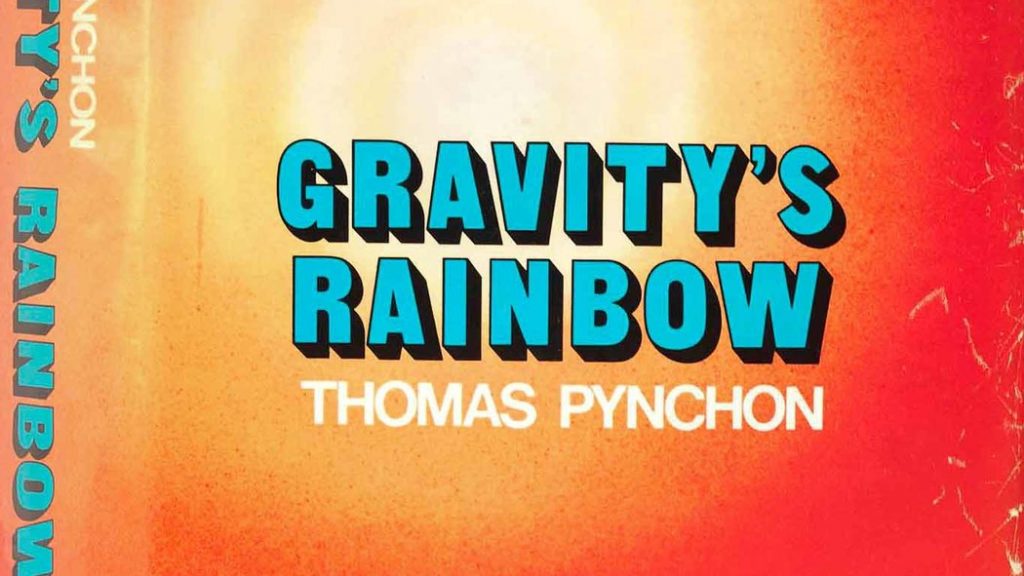Opening with a childhood story from his life, the documentary above, Albert Camus: The Madness of Sincerity, tells us that the philosopher/journalist/novelist’s first love was “the howling and the tumult of the wind.” It’s a beautiful image for a writer who confronted the pain, joy, and confusion of human existence without the ready-made props of religious belief, nationalist allegiance, or ideological conformity. Camus’ “madness of sincerity” produced enduring work like The Stranger, The Plague, The Rebel, The First Man, and The Fall and won him a Nobel Prize in 1957.
His conviction also cost him friendships as he turned away from mass movements and pursued his own path. It was a cost he was prepared to bear. As he would write in The Fall in 1956, “How could sincerity be a condition of friendship? A liking for the truth at all costs is a passion that spares nothing and that nothing can withstand.”
After the wind, of course, Camus had many more loves, and many lovers. A few of them appear above, along with Camus’ daughter Catherine and son Jean to discuss the great themes of his work in three chapters: the Absurd, Revolt, and Happiness. With discussion and excerpts—read by narrator Brian Cox—from Camus’ work, the documentary traces his life from birth and a difficult childhood in French Algeria, to his daily editorials for Combat during the French Resistance, his turn against Communism and decision to live in near-exile in the ‘50s, and his premature death in a car accident in 1960 at the age of 47. All in all, the documentary leaves us with the impression of Camus as a magnetic individual, and a deeply principled one, who held true to the words quoted from his Nobel acceptance speech early in the film about the writer’s task, which is always, he said, “rooted in two commitments… the refusal to lie about what one knows, and resistance to oppression.”
Find more thought-provoking films in our collection, 285 Free Documentaries Online.
Related Content:
Hear Albert Camus Deliver His Nobel Prize Acceptance Speech (1957)
Josh Jones is a writer and musician based in Durham, NC. Follow him at @jdmagness
